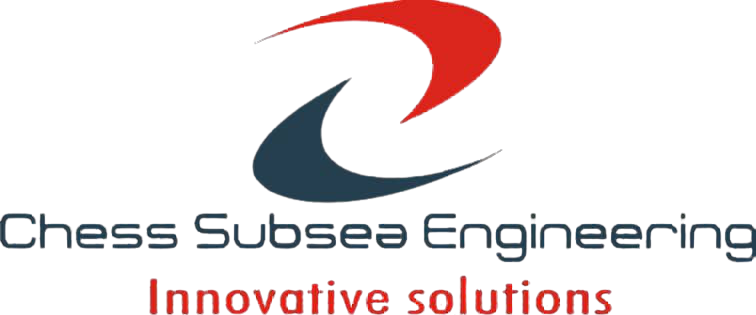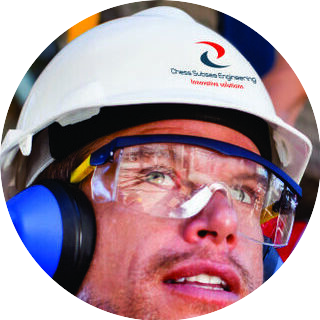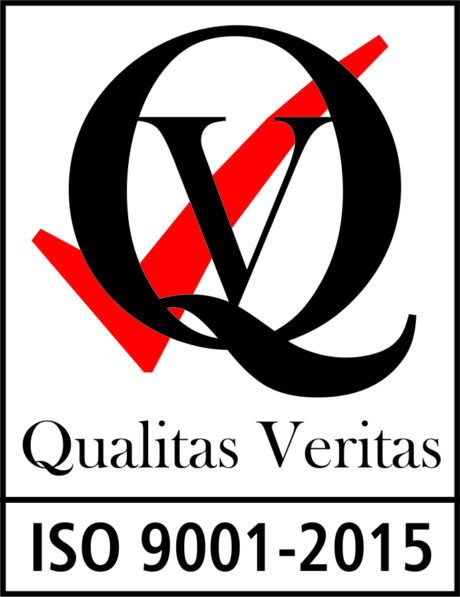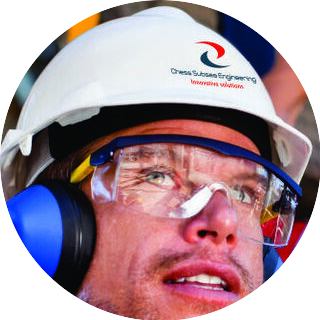-
AuthorPosts
-
January 24, 2020 at 9:25 am #4809

LucasParticipant***FIELD ARCHITECTURE: MAJOR CONSIDERATIONS***
A typical subsea field development involves many considerations and, as is the case with most field developments, must usually be undertaken with less than the desired amount of information. The following are some of the most Important ones:I. Existing Infrastructure
II. Well groupings
III. Optimizing intrafield flowline configuration
IV. Pigging requirements
V. Long tie-backs
VI. Possible need of subsea production boosting (pumping)January 27, 2020 at 6:01 am #4811
LucasParticipant***FIELD ARCHITECTURE: MAJOR CONSIDERATIONS: EXISTING INFRASTRUCTURE***
Installation of new infrastructure in deep water is exceedingly expensive. The first thought when considering a new development should be to make use of existing infrastructure if possible. This includes existing production platforms, pipelines and even wells.
January 28, 2020 at 2:55 pm #4813
LucasParticipant***FIELD ARCHITECTURE: SUBSEA TIE BACK DISTANCE: MAJOR CONSIDERATIONS***
Long tie-back distances impose limitations and technical considerations, however. The following are some of the main considerations:
I. Reservoir pressure must be sufficient to provide a high enough production rate over a long enough period to make the development commercially viable.
II. Flow assurance issues of hydrate formation, asphaltene formation, paraffin formation and high viscosity must be addressed.
III. Gel strength of the cold production fluids might be too great to be overcome by the natural pressure of the well after a prolonged shutdown.January 29, 2020 at 9:55 am #4814
LucasParticipant***FIELD ARCHITECTURE: SUBSEA TIE BACK DISTANCE: MAJOR CONSIDERATIONS***
Long tie-back distances impose limitations and technical considerations, however. The following are some of the main considerations:
I. Reservoir pressure must be sufficient to provide a high enough production rate over a long enough period to make the development commercially viable.
II. Flow assurance issues of hydrate formation, asphaltene formation, paraffin formation and high viscosity must be addressed.
III. Gel strength of the cold production fluids might be too great to be overcome by the natural pressure of the well after a prolonged shutdown. Need and mode of line evacuation must be addressed upon shut down.January 29, 2020 at 9:57 am #4815
LucasParticipant***FIELD ARCHITECTURE: COMMINGLING OF PRODUCTION***
Commingling production is a good way to reduce the number of flowlines and save cost. Production from a group of individual wells may be commingled in a subsea production manifold situated near the wells. The commingled production may be delivered in a single flowline to the production facilities.
February 2, 2020 at 6:10 am #4823
LucasParticipant***FIELD ARCHITECTURE: COMMINGLING OF PRODUCTION***
When wells are commingled, the performance of the wells must be matched. Higher pressure wells must be individually choked so as to not impede the flow of weaker wells. If the expense can be justified, a HP and LP manifold can be provided with separate flowlines for each.
February 4, 2020 at 9:19 am #4834
LucasParticipant***SHALLOW WATER***
An offshore field is considered a shallow-water subsea development if the water depth at the location is less than 200 m (656 ft). In practice, shallow water is the water depth within a diver’s reach.
February 6, 2020 at 6:29 am #4851
LucasParticipant***FIELD ARCHITECTURE: MAJOR CONSIDERATIONS: WELL GROUPING : TEMPLATE & CLUSTERED WELLS : TEMPLATE DISADVANTAGES***
The following are some disadvantages of production well templates as compared to clustered satellite wells:
I. Design and fabrication time may be longer due to greater complexity.
II. Heavy templates may be more susceptible to subsurface instability, such as shallow water flows.
III. Less flexibility in determining well locations.
IV. Fewer qualified contractors and suppliers.
V. ROV access may be limited due to space constraints.
VI.There may be safety concerns related to simultaneous drilling and production operations.February 8, 2020 at 8:47 am #4852
LucasParticipant***FIELD ARCHITECTURE: INTRAFIELD FLOWLINES***
Intrafield flowlines are the network of pipelines between the individual wells, well templates, subsea manifolds, and production platforms. Intrafield flowline requirements will be established by the number of wells, well locations, well grouping and manifolding arrangements, well testing requirements, pigging requirements, gas lifting requirements, gas injection requirements, water injection requirements, operating pressures, production rates and shut-in pressures.
February 9, 2020 at 12:18 pm #4853
LucasParticipant***FIELD ARCHITECTURE: INTRAFIELD FLOWLINES: FLOWLINE ROUTING CONSIDERATIONS***
Major flowlines routing considerations among others are:
I. Differences in reservoirs and well performance.
II. Differences in flowline metallurgy
III. Differences in pigging requirements
IV. Providing clear areas or easements for future wells or flowlines
V. Avoiding interference with production platform moorings.
VI. Avoiding hazards such as debris, outcroppings, canyons, or geotechnically unstable areas.
VII. Avoiding existing pipelines or cables.
VIII. The direction of approach to production platform, often dictated by the riser configuration.
IX. Types of Well FluidFebruary 10, 2020 at 7:55 am #4856
KelvinKeymaster***FIELD ARCHITECTURE: INTRAFIELD FLOWLINES: MAJOR FLOWLINE ROUTING CONSIDERATIONS : DIFFERENCE IN RESERVOIR & WELL PERFORMANCE***
Some wells are capable of flowing greater distances than others due to their higher pressure or lower pressure drop (such as a high gas-oil ratio well versus a low gas-oil ratio well). This might affect where the production facilities are located or how the flowlines are routed.
February 10, 2020 at 7:59 am #4857
LucasParticipant***FIELD ARCHITECTURE: INTRAFIELD FLOWLINES: MAJOR FLOWLINE ROUTING CONSIDERATIONS : DIFFERENCE IN FLOWLINE METALLURGY***
Differences in flowline metallurgy (such as a well high in CO2 versus one that is low in CO2). Minimizing the length of the more expensive (alloy) flowline might result in net savings.
February 11, 2020 at 10:24 am #4858
KelvinKeymaster***FIELD ARCHITECTURE: INTRAFIELD FLOWLINES: MAJOR FLOWLINE ROUTING CONSIDERATIONS : DIFFERENCE IN PIGGING REQUIREMENTS***
The platform might be best located nearer the wells requiring frequent pigging versus those that do not.
February 11, 2020 at 10:26 am #4859
LucasParticipant***FIELD ARCHITECTURE: SUBSEA TIE BACK***
For a large scale new field development involving the installation of new production facilities, the production platform is usually optimally located relative to the planned production wells. Many marginal fields are developed with subsea completions with subsea tie-back flowlines to existing production facilities some distance away. Subsea tie-backs are an ideal way to make use of existing infrastructure.
February 12, 2020 at 10:47 am #4860
LucasParticipant***FIELD ARCHITECTURE: SUBSEA TIE BACK DISTANCE: MAJOR CONSIDERATIONS***
Long tie-back distances impose limitations and technical considerations, however.
The following are some of the main considerations:I. Reservoir pressure must be sufficient to provide a high enough production rate over a long enough period to make the development commercially viable.
II. Flow assurance issues of hydrate formation, asphaltene formation, paraffin formation and high viscosity must be addressed.
III. Gel strength of the cold production fluids might be too great to be overcome by the natural pressure of the well after a prolonged shutdown. -
AuthorPosts
- You must be logged in to reply to this topic.






